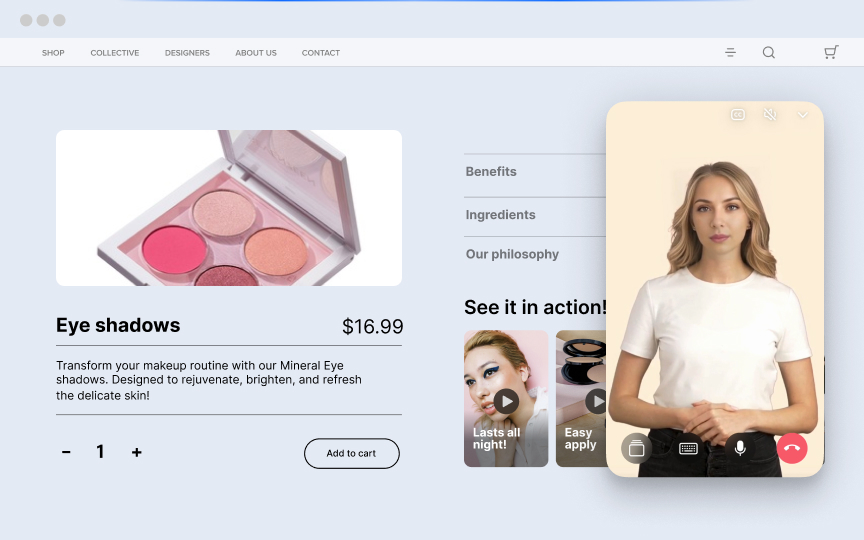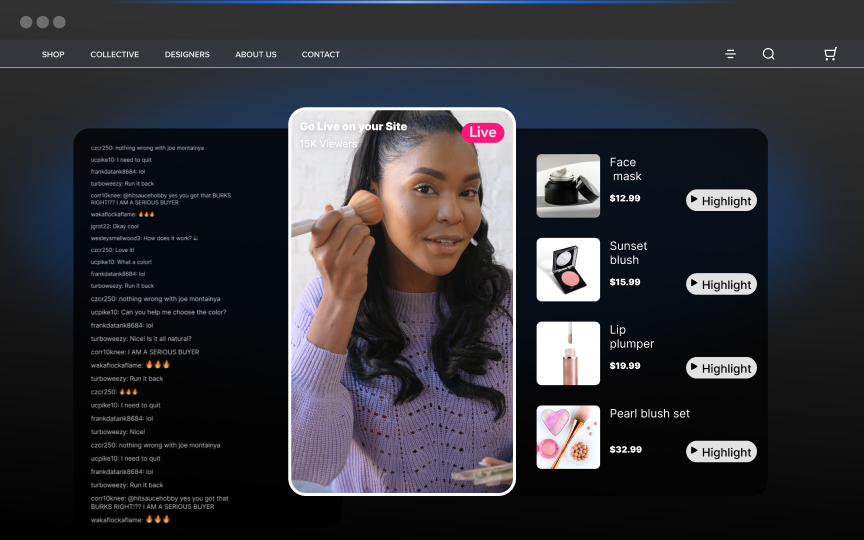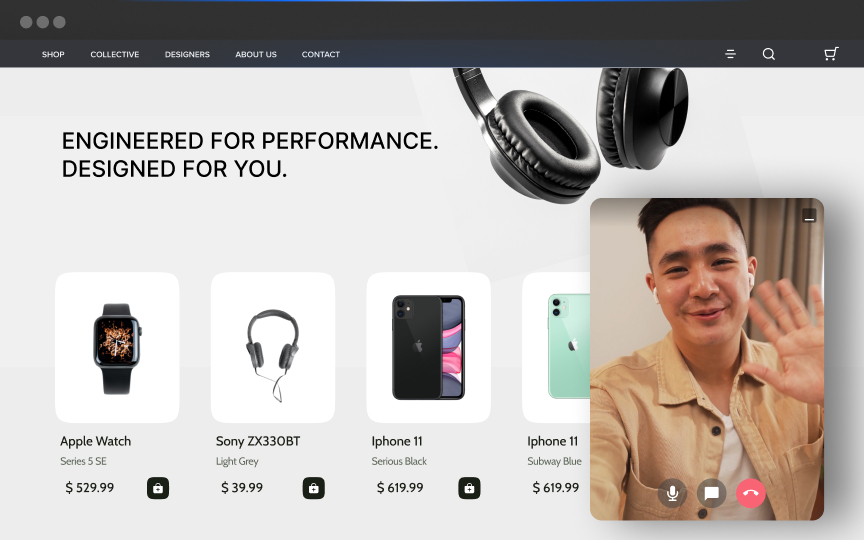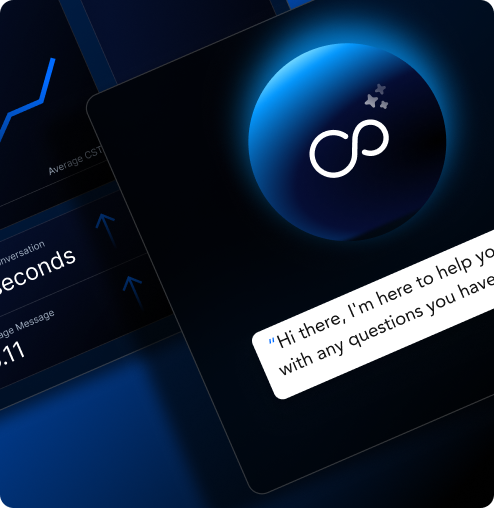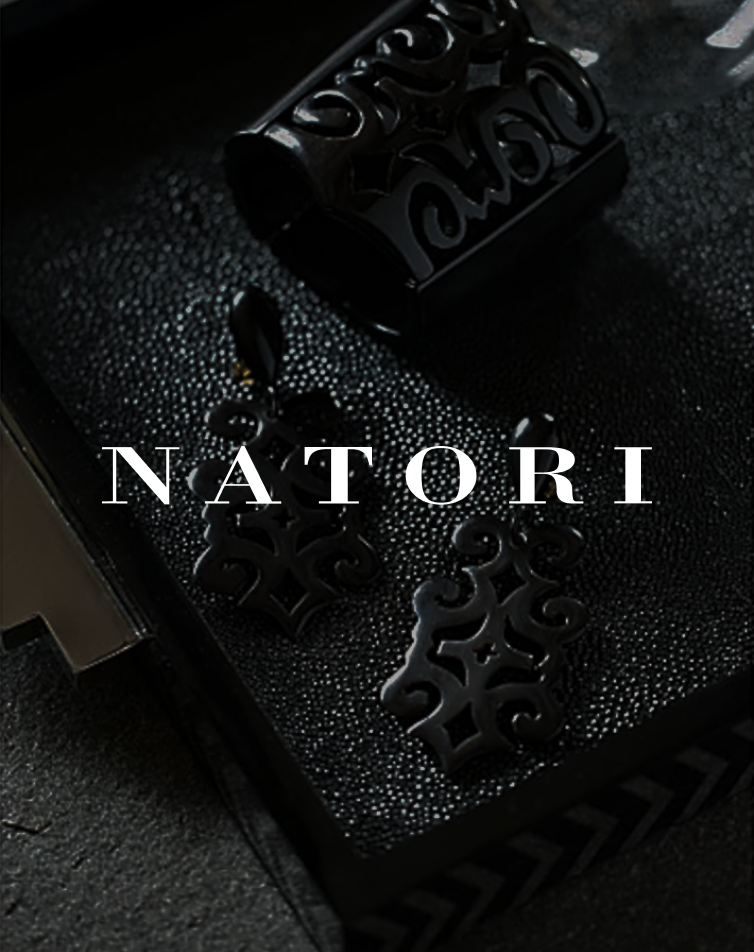Video has become a powerful force in digital marketing, transforming the way businesses engage with their audience. As consumer preferences shift toward dynamic, visual content, brands must adapt to stay relevant.
From social media clips to in-depth tutorials, video enhances storytelling, boosts engagement, and strengthens brand presence. Understanding how to effectively integrate video into your marketing strategy is essential for capturing attention, building trust, and driving conversions in today’s fast-paced digital world.
Leveraging Brand Storytelling Videos in Your Marketing Efforts
Brand storytelling videos are one of the most powerful ways to forge emotional connections with your audience. Rather than simply promoting products or services, these videos share your company's values, mission, and journey in a narrative format that resonates on a human level.
Crafting an Authentic Brand Narrative with Video
The most successful brand storytelling begins with authenticity. When creating brand stories for clients, always focus on finding the genuine human elements that make their company unique:
- Your origin story: How and why your business was founded
- The challenges you've overcome along the way
- The mission that drives your team every day
- The tangible impact you're making on customers or communities
Authenticity matters more than production value. In fact, 92% of consumers trust organic content more than traditional advertising. This means your audience would rather see an honest, straightforward story about your brand than a glossy but shallow advertisement.
When crafting your brand narrative, remember that a strong story follows a classic structure:
- Beginning: Introduce your brand's world and the status quo
- Middle: Present challenges, conflicts, or unmet needs
- End: Show how your brand overcame obstacles and created positive change
Emotional Storytelling Techniques That Resonate
The most memorable brand stories connect through emotion. Instead of focusing on product features, align your brand with a broader message about overcoming adversity and standing for your beliefs, creating powerful emotional resonance with your audience.
To create emotional connections in your own brand videos:
- Focus on human stories rather than product specifications
- Show real people (employees, customers, community members)
- Address audience pain points directly and empathetically
- Use visual storytelling techniques like lighting, music, and pacing to enhance emotion
- Maintain a consistent brand voice that reflects your values
Explore how Firework can help you create authentic brand stories that connect with your audience
Leveraging Product Demonstration Videos in Your Marketing Efforts
Product demonstration videos are one of the most powerful tools in your marketing arsenal because they don't just tell customers about your product—they show exactly how it solves their problems. According to studies, 84% of people say they've been convinced to buy a product or service by watching a brand's video.
Converting Features into Benefits
The key difference between an average product demo and a great one is the focus on benefits rather than features. While features describe what your product does, benefits explain how it improves your customer's life. For example:
- Instead of saying: "Our software has automated reporting capabilities"
- Say: "You'll save 5 hours every week with automated reports, giving you time back for strategic work"
The most effective demos translate every technical feature into a tangible customer benefit. This approach directly addresses the "what's in it for me?" question that every potential customer has when evaluating your product.
Addressing Pain Points Through Visual Demonstration
Great product demos target specific customer pain points and visually show your solution in action. To create videos that truly resonate:
- Research customer challenges: Use surveys, support tickets, and sales call feedback to understand your customers' biggest challenges.
- Structure your demo around these pain points: Address these issues specifically in your video.
- Show the transformation: Use "before and after" scenarios to highlight the impact your product provides.
Transform your product demos into interactive shopping experiences with Firework's shoppable video
Production Tips for Professional-Quality Demos
Even with a limited budget, you can create professional-looking product demos that convert viewers into customers:
- Keep it concise: Aim for 1-3 minutes to maintain attention.
- Ensure high-quality production: Good lighting and clear audio are essential; poor quality can undermine credibility.
- Include a strong call-to-action: Guide viewers on what to do next after watching the demo.
- Incorporate testimonials: Use customer feedback to build trust.
- Use clear visuals: Screen captures for software or close-up shots for physical products help illustrate your points.
- Add captions: Many viewers watch without sound so captions can enhance understanding.
Remember that effective product demonstration videos tell a story of how your product fits into your customers' lives—they don't just showcase specifications. By focusing on benefits, addressing specific pain points, and maintaining professional production quality, your product demos can become powerful conversion tools in your marketing strategy.
Enhancing Your Marketing with User-Generated Content Campaigns
User-generated content (UGC) has become one of the most powerful tools in video marketing today. Unlike polished brand-produced content, UGC is perceived as more authentic and trustworthy by audiences who are increasingly skeptical of traditional advertising. This authenticity explains why 79% of people say UGC significantly influences their purchasing decisions. By using content created by your customers, you're essentially letting your most enthusiastic users speak on behalf of your brand.
Strategies for Encouraging Customer Video Creation
To inspire your customers to create and share videos featuring your products or services, you need a strategic approach:
- Create branded hashtags: Develop unique, memorable hashtags that your audience can use when posting content. This makes it easier to find and aggregate UGC across platforms.
- Run contests and challenges: Organize competitions that motivate your community to create videos. Ensure your contest rules are clear and the submission process is straightforward.
- Offer incentives: Consider providing rewards, discounts, or the chance to be featured on your official channels to encourage participation.
- Provide creative prompts: Give your audience specific ideas or themes to work with, making it easier for them to conceptualize their videos.
- Showcase existing UGC: When customers see others being featured, they're more likely to create content of their own.
Turn your customers into brand advocates with Firework's UGC tools
Effective Content Curation Practices
Once you start receiving user-generated videos, proper curation becomes essential:
- Obtain proper permissions: Always secure explicit permission before using someone's content in your marketing efforts. Create a streamlined process for requesting and documenting consent.
- Establish quality standards: Define criteria for the types of content that align with your brand values and messaging.
- Organize content effectively: Use a system to categorize UGC by theme, quality, or potential use cases to make retrieval easier.
- Credit creators appropriately: When sharing UGC, always acknowledge the original creator, which not only respects their work but also encourages others to participate.
Leveraging UGC Across Marketing Channels
The power of UGC extends far beyond social media:
- Website integration: Feature customer videos on product pages to provide social proof and show products in real-world contexts.
- Email marketing: Include UGC in newsletters to increase engagement and conversion rates.
- Paid advertising: Incorporate authentic customer videos into your ads to boost performance and trust.
- Sales materials: Use customer testimonials and product demonstrations in sales presentations.
The beauty of UGC video campaigns is that they not only build community but also provide you with cost-effective content that typically generates higher engagement rates than professional productions. By implementing a thoughtful strategy for encouraging, curating, and leveraging UGC, you can harness the authentic voice of your customers to create more impactful video marketing.
Live Streaming for Real-Time Engagement in Your Marketing Efforts
In the evolving landscape of video marketing, live streaming stands out as a uniquely powerful tool for creating authentic connections with your audience. Unlike pre-recorded content, live streaming offers real-time interaction that can't be matched by other formats. With internet users growing by 10% annually and spending an average of 7 hours online each day, the opportunity to engage through live content has never been greater.
What makes live streaming particularly effective is its authenticity. When you're broadcasting live, your audience experiences unfiltered, genuine content that builds trust and credibility. This immediate connection can translate directly to business outcomes—90% of marketers report a positive ROI from video marketing, with 87% confirming that video directly increases sales.
Platform Selection Guide
Choosing the right platform for your live streams is crucial for reaching your target audience. Each platform offers different advantages:
- YouTube Live: Best for longer-format content and reaching a broad audience. With over 2.6 billion monthly users, YouTube offers excellent discoverability and replay value.
- Instagram Live: Ideal for reaching younger audiences with short, casual content. Perfect for brands with strong visual appeal.
- Facebook Live: Effective for reaching diverse age groups and leveraging existing Facebook communities.
- TikTok Live: Best for accessing Gen Z audiences who spend an average of 1.5 hours daily on the app.
- LinkedIn Live: Optimal for B2B content and professional topics.
Consider your audience demographics and where they already spend their time online. Remember that 70% of YouTube watch time comes from mobile devices, so ensure your live content is mobile-friendly regardless of platform.
Enhance your live shopping experience with Firework's virtual shopping solution
Planning and Promoting Successful Live Events
Successful live streams require proper planning and promotion:
- Set clear objectives: Define what you want to achieve with your live stream—brand awareness, product education, or customer engagement.
- Promote in advance: Create teasers and countdown posts across your social channels to build anticipation.
- Prepare without over-scripting: Have an outline and talking points ready, but leave room for spontaneity. Authenticity is what makes live content compelling.
- Test your equipment: Conduct a technical rehearsal before going live to identify and fix any audio, lighting, or connection issues.
- Schedule strategically: Consider when your audience is most active online. Analyze your social media analytics to determine optimal times.
- Create a backup plan: Technical glitches happen, so be prepared with contingency measures like a second internet connection or alternative broadcasting device.
Techniques for Maximizing Viewer Participation
Interactive video content has seen a 200% increase in engagement since 2021, highlighting the importance of making your live streams participatory:
- Address viewers by name: Acknowledge people who join your stream and respond to their comments to create a personal connection.
- Ask questions: Regularly prompt your audience with questions to keep them engaged and participating.
- Run polls or surveys: Use in-platform polling features to gather real-time feedback and opinions.
- Create time-limited offers: Generate urgency with special promotions available only during the live broadcast.
- Highlight viewer comments: Display and respond to interesting questions or comments on screen to encourage more participation.
- Consider a co-host: Having a partner can help maintain energy and ensure no viewer comments are missed while one person is presenting.
Create digital showrooms for immersive shopping experiences with Firework
Repurposing Live Content for Extended Value
Your live stream's value doesn't end when the broadcast finishes. Extend its impact by:
- Creating highlight reels: Extract the best moments for short clips to share across social platforms.
- Transcribing content: Turn valuable discussions into blog posts or downloadable guides.
- Developing FAQ resources: Compile common questions from the stream into helpful resource pages.
- Making topic-specific segments: Break longer streams into focused segments for those interested in specific aspects.
- Updating your email sequence: Incorporate insights and content from your live streams into your email marketing.
By thoughtfully planning your live streams and strategically repurposing the content afterward, you'll maximize the return on your investment while creating authentic connections with your audience that pre-recorded content simply can't match.
Utilizing Short-Form Video for Social Media Marketing
Short-form video has revolutionized how brands connect with audiences on social media. The statistics tell a compelling story: TikTok users spend more than 1.5 hours daily on the app, and 73% of consumers prefer short-form videos when searching for products or services. Perhaps most importantly for marketers, short-form videos receive 2.5 times more engagement than long-form content.
Platform-Specific Strategies
Each platform has unique requirements and audience expectations for short-form video:
- TikTok: Focus on authenticity and trend participation. Videos that feel native to the platform perform best—overly polished content often underperforms compared to genuine, in-the-moment clips. Leverage TikTok's robust editing tools and sound library to create content that feels platform-native.
- Instagram Reels: While similar to TikTok, Reels viewers typically expect higher production value. Cross-posting from TikTok (with visible watermarks) is penalized by Instagram's algorithm, so create platform-specific content when possible. Incorporate Instagram's stickers and interactive elements to boost engagement.
- YouTube Shorts: With YouTube's massive search engine capabilities, focus on searchable, keyword-rich titles and descriptions. Educational content performs particularly well in the Shorts format, allowing you to establish authority in your niche while keeping viewers engaged.
Turn your short-form videos into shoppable experiences with Firework
Creating "Thumb-Stopping" Content in Under 60 Seconds
To capture attention in a crowded feed, your short-form videos need these essential elements:
- Strong hooks: You have approximately 3 seconds to grab viewer attention. Start with your most compelling visual, statement, or question.
- Visual impact: Use motion, bright colors, and unexpected elements to make viewers stop scrolling.
- Concise messaging: Focus on a single, clear message or takeaway per video.
- Clear calls-to-action: Tell viewers exactly what you want them to do next, whether it's visiting your website, following your account, or trying your product.
Leveraging Trends and Patterns for Viral Potential
Brands that succeed with short-form video understand how to participate in platform trends while maintaining their unique identity. By having your brand participate in popular trends and create humorous situations, you can build a following of millions while staying relevant to your core offering.
When jumping on trends, timing is crucial—aim to participate early in a trend cycle for maximum visibility. Monitor trending sounds, hashtags, and content formats daily, and have a quick approval process that allows you to publish timely content before a trend fades.
Interactive Video Experiences to Boost Your Marketing Efforts
Interactive video is transforming how viewers engage with content by putting them in control of their experience. Unlike traditional passive viewing, interactive videos invite participation, leading to deeper engagement and more memorable brand interactions. This emerging technology has seen remarkable growth, with interactive video content experiencing a 200% increase in engagement since 2021.
Types of Interactive Video Technologies
Several formats of interactive video are gaining traction in marketing:
- Clickable hotspots: Embedded elements that allow viewers to click or tap on specific areas of a video to access additional information, related content, or product details.
- Choose-your-own-adventure narratives: Viewers make decisions that affect the storyline, creating a personalized journey through the content. This format is particularly effective for storytelling brands.
- Shoppable videos: Products featured in the video can be purchased directly through integrated clickable elements, streamlining the path from inspiration to purchase.
- Interactive quizzes: Embedded assessments engage viewers while collecting valuable data about preferences and knowledge levels.
- 360-degree experiences: Viewers control their perspective in immersive environments, exploring virtual spaces at their own pace.
Create interactive shoppable videos that drive conversions with Firework
Implementation Best Practices
To maximize the effectiveness of interactive videos, consider these key guidelines:
- Start with clear objectives: Define what you want viewers to learn or do.
- Design intuitive interfaces: Make interaction obvious and easy.
- Keep interactive elements relevant: Ensure they enhance the content and are meaningful to the viewer.
- Ensure cross-platform compatibility: Provide seamless viewing experiences across devices.
- Test thoroughly: Verify functionality on different devices before launching.
The most successful interactive videos maintain a balance between engaging interactions and compelling content. Too many interactive elements can overwhelm viewers, while too few might not fully capitalize on the format's potential.
Measuring Interactive Video Performance
Interactive videos offer unique metrics beyond traditional video analytics:
- Interaction rate: The percentage of viewers who engage with interactive elements.
- Completion paths: Insights into which narrative choices viewers select.
- Dwell time: How long viewers spend exploring interactive features.
- Conversion tracking: Data on which interactive elements lead to desired actions.
These metrics provide invaluable insights into viewer preferences and behavior. By analyzing which elements receive the most engagement, marketers can refine their content strategy and create more personalized experiences based on demonstrated viewer interests.
Interactive video not only increases engagement but also creates a two-way conversation with viewers, collecting actionable data while delivering a more memorable and personalized experience.
Measuring Video Marketing Success
To maximize the impact of your video marketing efforts, you need to track the right metrics based on your specific objectives. Video now makes up 82% of all internet traffic, making it essential to understand how your content performs. Let's explore the key metrics you should monitor to measure your video marketing ROI effectively.
Key Metrics for Different Video Types
When evaluating video performance, focus on metrics that align with your marketing goals:
Engagement Metrics
- View Count: The total number of times your video was watched. Remember that platforms define "views" differently—YouTube counts a view after 30 seconds, while Facebook counts after just 3 seconds.
- Play Rate: The percentage of page visitors who clicked play on your video. This helps you understand if your thumbnail and video placement are effective.
- Watch Time: The total amount of time viewers spent watching your video, including replays.
- Average View Duration: The average amount of time spent watching per view, indicating how engaging your content is.
- Engagement Rate: Calculated as (Total Minutes Watched / (Unique Views × Video Length)) × 100. This shows what percentage of your video people typically watch.
Brand Recognition Metrics
- Brand Lift: Measures changes in brand awareness or perception before and after your video campaign.
- Favorability Lift: Indicates whether people view your brand more favorably after watching your content.
- Social Shares: The number of times your video is shared across platforms, suggesting strong brand resonance.
Conversion Metrics
- Click-Through Rate (CTR): The percentage of viewers who clicked on a call-to-action in your video.
- Conversion Rate: The percentage of viewers who completed a desired action after watching, such as signing up or making a purchase.
- Cost Per Acquisition (CPA): The cost involved in converting a viewer into a customer through your video campaign.
- ROI: Calculate this using the formula: ((Net Profit from Video - Cost of Video Investment) / Cost of Video Investment) × 100.
Measure and optimize your video marketing performance with Firework's analytics
Analytics Tools and Dashboards
To track these metrics effectively, leverage platform-specific analytics tools:
- YouTube Studio: Provides detailed viewer demographics and engagement data.
- Facebook Insights: Offers metrics on reach, engagement, and audience retention.
- Instagram Insights: Shows how your audience interacts with your video content.
- Third-party tools: Use services like Google Analytics to track how videos impact your website conversions.
Using Data to Refine Your Video Strategy
The metrics you collect should directly inform your future video content:
- If average view duration is low, consider shortening your videos or improving the hook.
- When certain topics generate higher engagement rates, create more content in those areas.
- If conversion rates vary between video types, allocate more resources to higher-converting formats.
- For videos with high view counts but low conversion rates, examine whether your call-to-action is clear and compelling.
By consistently tracking these metrics and aligning measurement with your specific marketing objectives, you can optimize your video content strategy over time and maximize your return on investment.
Ready to Transform Your Video Marketing Strategy?
The statistics don't lie—video has become the dominant force in digital marketing. By implementing the strategies outlined in this guide, you can leverage video to connect with your audience, build your brand, and drive measurable business results.
Unlock Exclusive Insights
By submitting this form, you agree to Firework's privacy policy and consent to receive personalized marketing communications. You can unsubscribe at any time.
